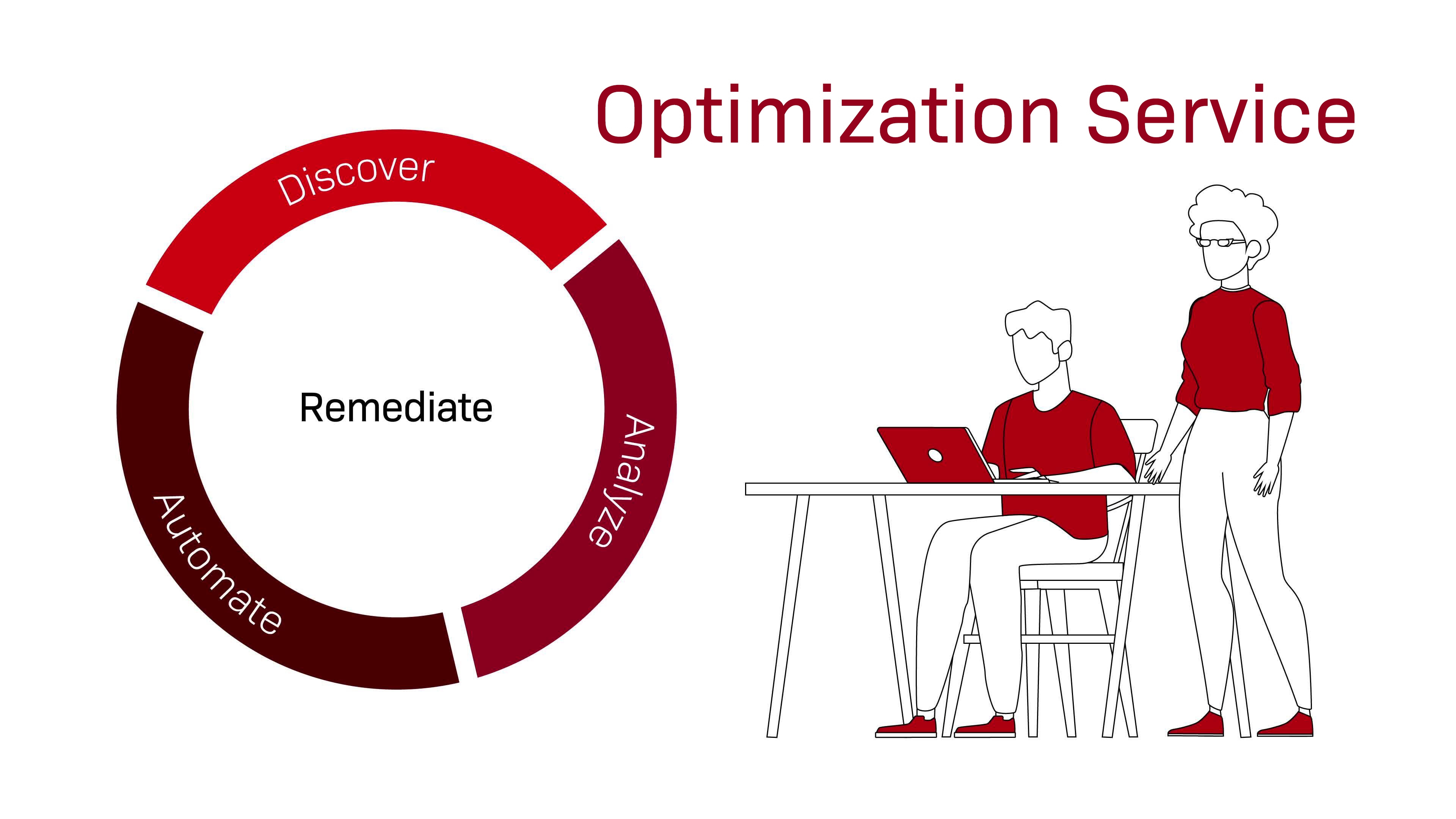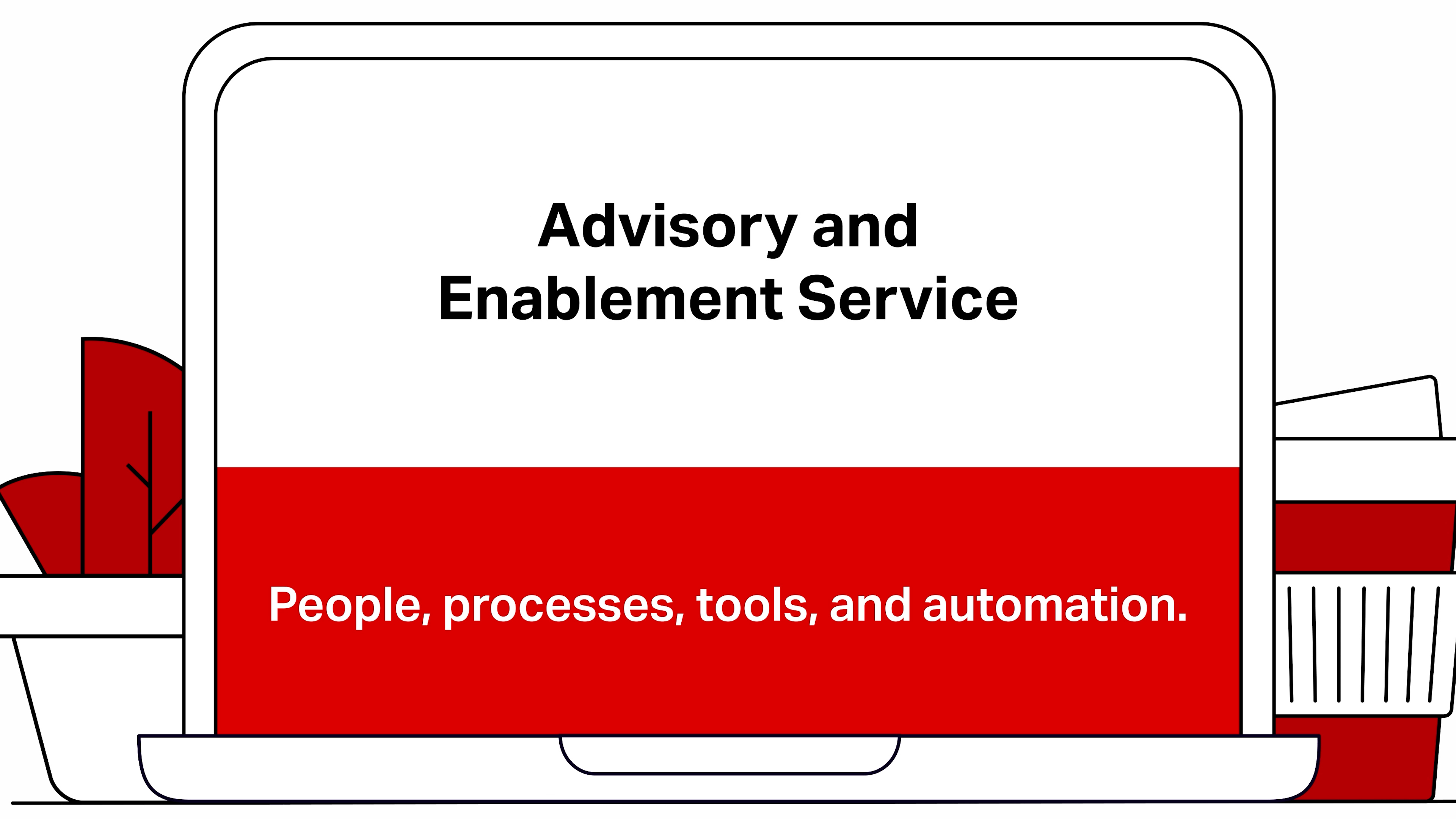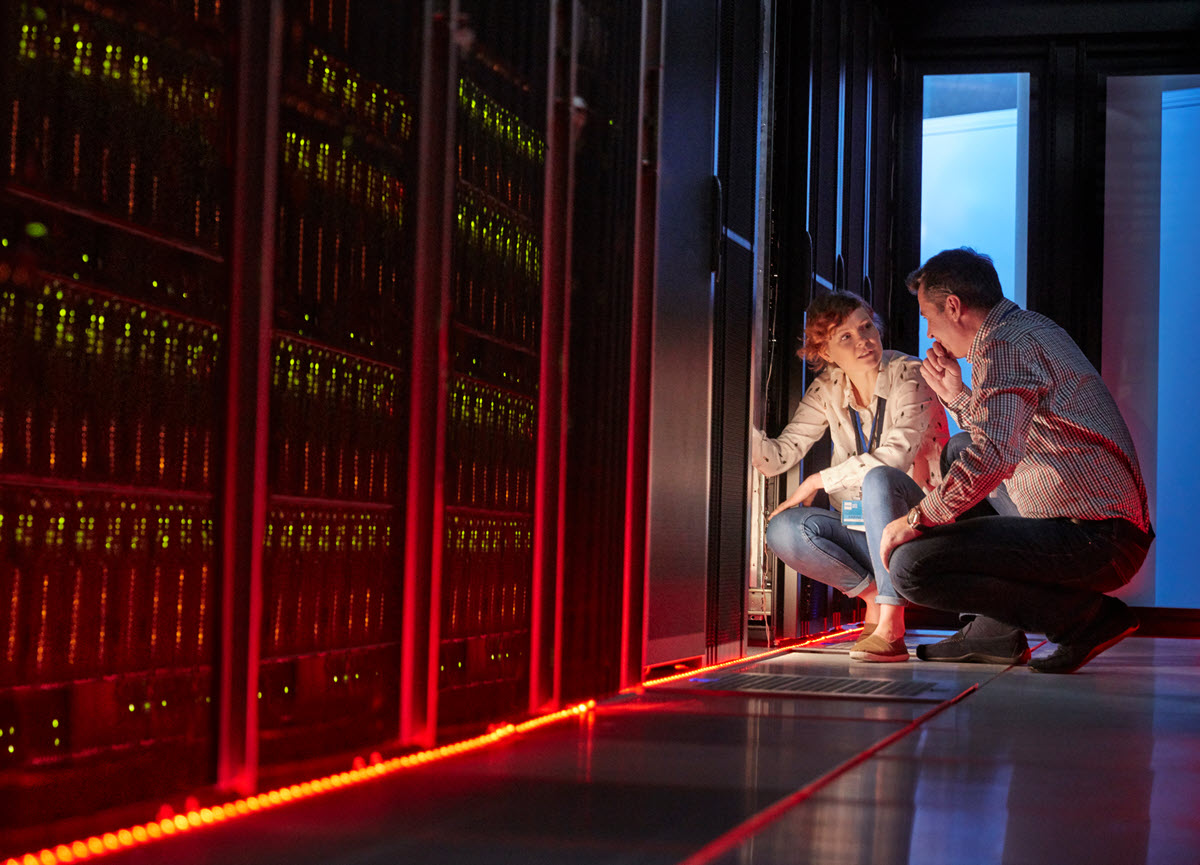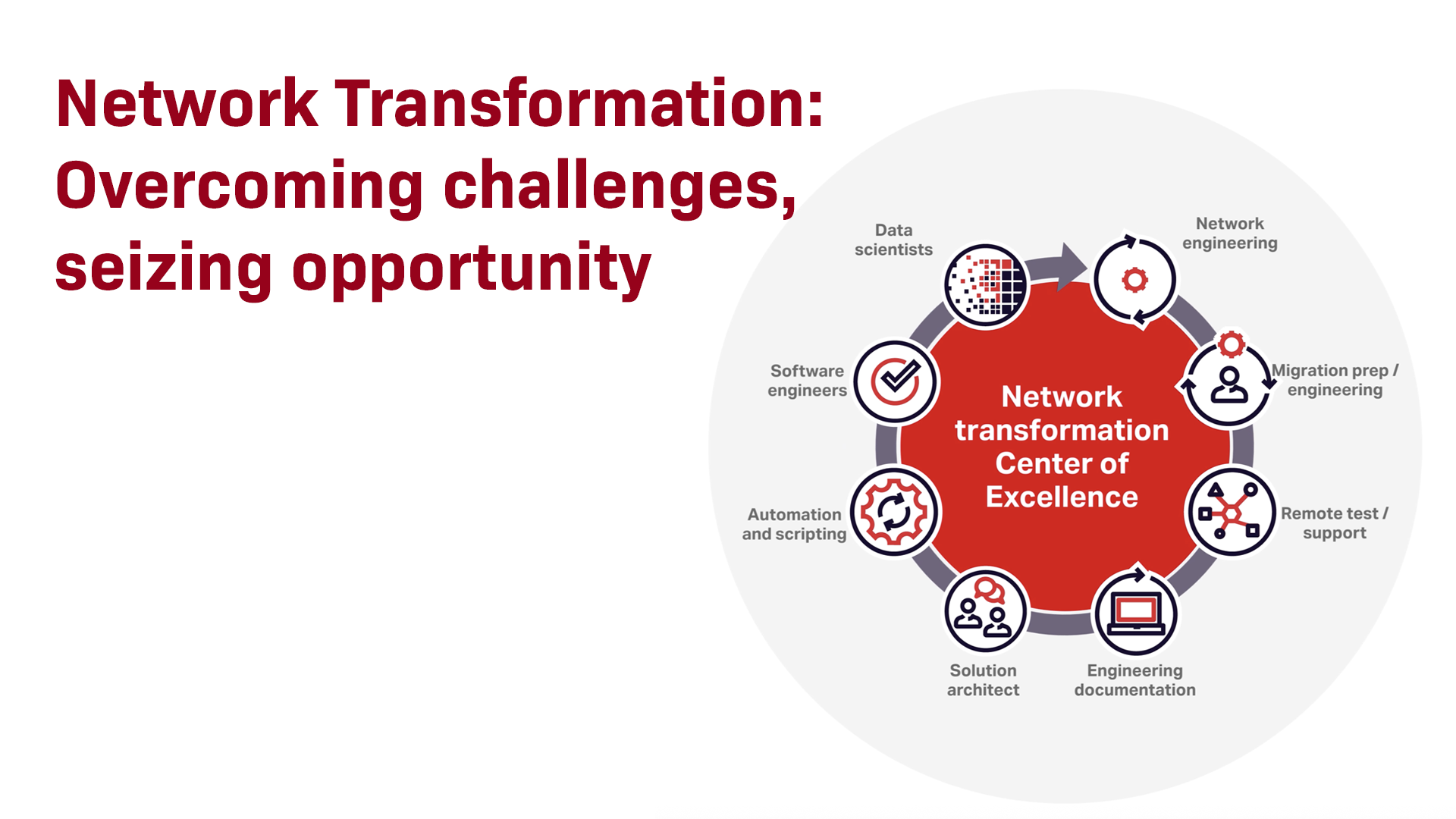A new, more efficient (augmented) reality for network operations
The scale and complexity of modern networks is putting a major strain on service provider’s field engineering and operations teams. And as the race to deliver 5G-capable networks hots up, and IoT drives the number of connected devices on our planet to over 30bn in 2020, it will only become even more challenging to deploy, upgrade and manage networks.
Added to the challenge of scale is how distributed networks are becoming. Distributed networks make troubleshooting a time-consuming and expensive process – especially when physical checks are needed to ensure equipment is connected and configured properly. The bigger your network, the bigger the field engineering and troubleshooting challenges, and too many manual interventions and truck rolls inevitably drive up cost and impact the bottom line.
The good news is that Augmented Reality (AR) solutions now exist that can help you streamline your field operations and achieve major cost savings compared to traditional, more manual approaches requiring specialist on-site skills.
Engineers can view the technical issues affecting the equipment on their tablet or smart glasses — feature by feature. This allows them to diagnose issues, and solve the problem, on their own or through coaching — extremely quickly and efficiently.
How does AR work?
With AR, it’s possible to overlay physical network elements with digital information, resources and images that support a range of activities and processes, from sales enablement, to device deployment and troubleshooting. AR applications, which can highlight certain features or enhance understanding, can be as simple as a text notification, or as complicated as an instruction on how to perform a critical network procedure. The key point is that the information provided is highly situation specific and relevant, reaching the right people, at the right time - in real-time.
Ciena is already partnering with AR companies like Kaon – a leading innovator of 3D interactive marketing and sales applications for global B2B brands – to develop use-cases and create applications like RescueLens. This application provides detailed information and guidance for staff in the field. With RescueLens, engineers can view the technical issues affecting the equipment on their tablet or smart glasses — feature by feature. This allows them to diagnose issues, and solve the problem, on their own or through coaching — extremely quickly and efficiently.
How can AR improve operations?
AR enables access to a world of information, as well as greater collaboration, communication and connection. This kind of power can help you to create a more productive and, ultimately, a more profitable company.
Specifically, AR can help you:
- Train your field teams more efficiently
AR tools enable vastly more effective learning outcomes for employees at all levels of the organisation. From allowing newcomers to explore and understand what the company does and why it does it as they settle in their new positions, to giving seasoned workers the opportunity to re-skill, up-skill or cross-skill.
- Run and upgrade your network with less specialized, less expensive resources
Overlaying precise information and instructions on physical network equipment empowers less experienced partners or employees with immediate guidance on a task, and can accurately guide them through procedural steps. This can eliminate delays, increase the ease of collaboration, minimize disruptions, and optimize workforce management effectiveness.
- Allow engineers to fix more issues remotely.
When an issue occurs in the field, service representatives often need to resort to printed installation guides or wait for experts from the head office to travel to the site. This can be as tedious as it is time-consuming. Thanks to AR technologies small, centralized teams of skilled engineers can view infrastructures, diagnose issues remotely, see what needs to be done, and ensure that local engineers have all the tools, equipment and spare parts they need to fix equipment before they go to site. This allows for quick and efficient servicing, saving time and resources.
All this adds up to greater efficiency for network upgrade projects, management and maintenance, delivering major operational cost savings.
What’s next?
Today, AR applications can already streamline field-engineering and support activities, but we are only just getting started. Tomorrow even greater efficiency benefits will be available as more and more use-cases are developed and the technology continues to advance. One future possible scenario is that network telemetry data could be integrated into AR solutions to predict faults before they occur and provide detailed instructions that allow on-site teams to take effective preventative action.
In this way, network uptime and performance can be assured, with any required fault-fixing actions delivered in the fastest, most cost-effective way possible.
Get in touch and share your AR ideas
As mentioned, we are only just getting started with AR so if you have ideas for how AR can be applied in our industry to improve operational efficiency or performance, we’d love to hear from you. In the meantime, if you want to know more about Ciena’s AR strategy and tools, please do get in touch.
This is the third post in a series about services, don’t miss the other posts: ‘How you can accelerate and de-risk your network modernisation with Lifecycle Management’ and ‘Sell more, save more, and spend more wisely with Ciena Services’.








